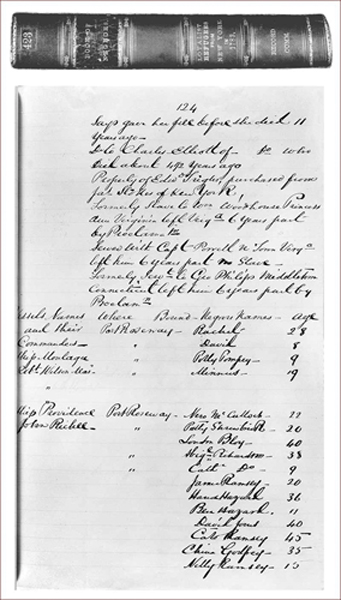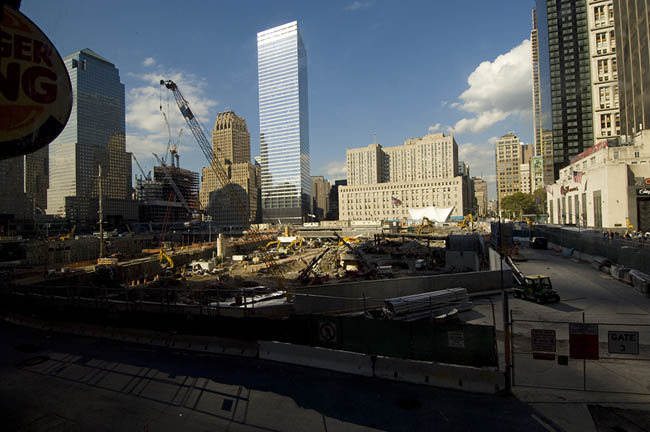During the Revolution, at least 80,000 African Americans declared their own independence—and fled. The British had promised freedom to any slave who left a rebel master (but not a loyal one) and made it to British lines. Harry Washington, whose owner was the patriot General George Washington, was one of 800 who reached British lines in Virginia. He fought for “Liberty to Slaves” in an all-black regiment, and when the British left that colony for New York, he went with them.
By 1780, there were more than 10,000 blacks living in a British-occupied New York. Many lived in a “canvas city” of shanties and tents that sprang up between Broadway and the Hudson River. The area had been burned to the ground when the patriots abandoned the city. Blacks who fought with the British, like Harry Washington, lived in “Negro barracks” at 18 Broadway, 10 Church Street, and elsewhere. These men fought in units known as the Black Pioneers and the Black Brigade. Most did the hard support work the army needed, but some were armed and fought. The most famous Black Pioneer was Colonel Tye, who led 800 men in a guerrilla war against the patriots in Staten Island and New Jersey.
When peace came, so did the slave hunters. In 1783, they roamed the city, seizing blacks from the streets and even from their beds. But much to General Washington’s dismay, the British refused to return those slaves who had been promised freedom. Instead, their names were written in the “The Book of Negroes,” and some 3,000 free African Americans climbed aboard British ships and sailed away. Harry Washington would eventually reach a place in Africa not far from where he was born.

